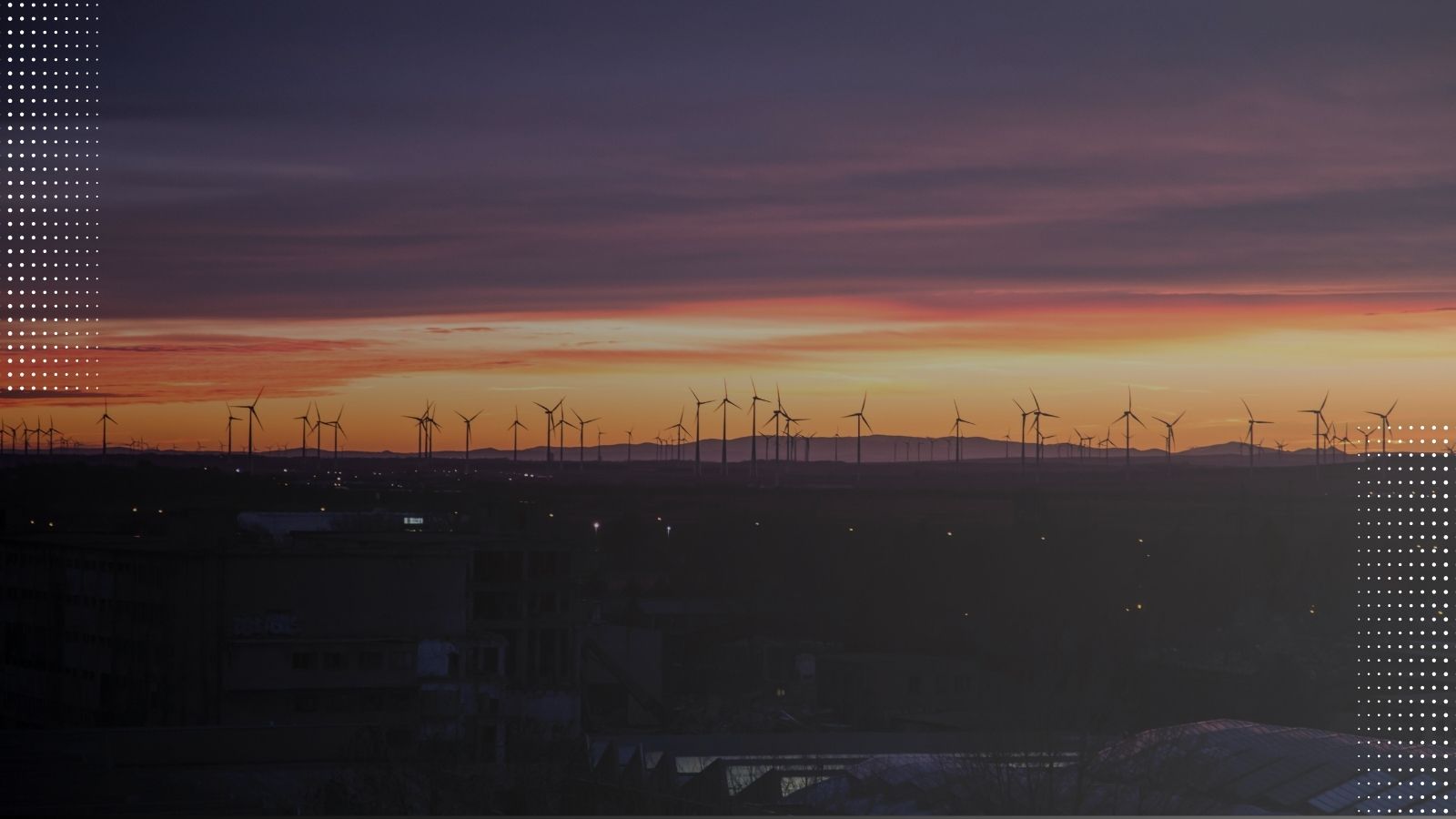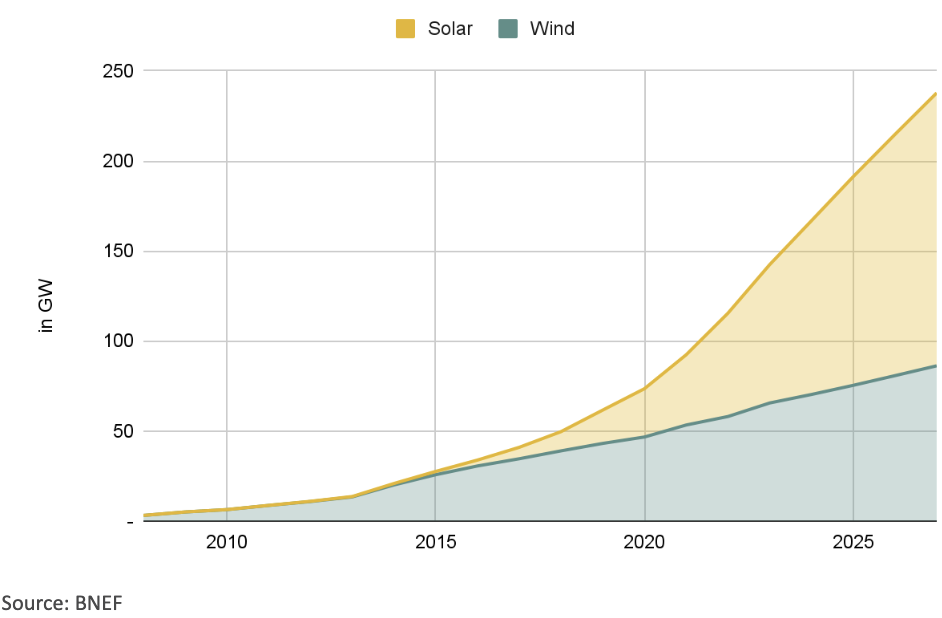While other regions grab the headlines, Latin America is quietly ramping up renewable capacity at an impressive rate.
In South America, 18.2 GW of capacity was added in 2022 according to the International Renewable Energy Agency (IRENA), up 7.4% year-on-year. This is a faster growth rate than North America (6.3%) and just behind Europe (8.8%). And while the region has traditionally relied heavily on hydro power, with mega projects such as the Itaipu Dam on the border between Brazil and Paraguay, it is now investing heavily in wind and solar. Indeed across the whole of Latin America, 22 GW of wind and solar were added last year, according to BloombergNEF (BNEF). And these aggregate figures only tell half the story – in Uruguay, Guatemala, Panama, Costa Rica, Honduras, El Salvador and Nicaragua, non-hydro renewable power represents over 30% of installed capacity. And all this despite the fact that the region emits less than 5% of global CO2 emissions.
But this is just the beginning. BNEF forecasts that Latin America will add a further 25 GW of wind and solar this year, with Brazil and Chile leading the way. Meanwhile, 15 countries have signed the Renewables in Latin America and the Caribbean initiative, stipulating at least 70% of electricity consumption should come from renewable sources by 2030.
On top of this initiative, individual countries are displaying impressive ambition. This includes:
- Costa Rica committing to net-zero GHG emissions by 2050 without using carbon offsets
- Colombia enshrining in law its target of hitting net-zero emissions by 2050
- Guatemala aiming for 80% renewables for its electricity generation by 2027
- Mexico establishing a mandate to generate 35% of its electricity from clean sources by 2024.
Wind and solar growth and forecast for Latin America
These ambitions translate to 319 GW of planned renewable energy projects. This would represent a 460% increase in the region’s utility-scale solar and wind power capacity by 2030. According to nonprofit Global Energy Monitor, it also means Latin America would meet or even surpass the International Energy Agency’s (IEA) regional net-zero renewable energy goals for 2030.
Uruguay: World leader in renewables
|
Brazilian boom
Thanks largely to former president Jair Bolsonaro, Brazil’s attitude to climate change has garnered a lot of bad press in recent years. But when it comes to energy, the reality is rather different. Due to its massive hydropower resources, renewables meet more than 80% of electricity demand. But the country is now looking to rapidly expand its solar and wind capacity, partly because climate change is reducing average rainfall and affecting precipitation patterns, leading to longer dry periods in many parts of the country and, therefore, less potential for hydro power.
This year alone, the country has built 67 wind farms and 59 solar farms with a combined capacity of 4.5 GW. Indeed earlier this year it surpassed 25 GW of solar power, putting the country in the top ten for global solar generation, averaging 1 GW of additions every month. This has also helped create almost one million jobs and avoid 40 million tonnes of CO2 emissions, according to the country’s association for solar energy, Absolar.
Chile: Regional wind powerhouse
|
Wind capacity is also expanding fast. With 26 GW already installed, Brazil is the sixth largest wind generator in the world. With almost 5 GW set to come online by the end of the year, the country is expected to hit almost 45 GW by 2028, according to the country’s wind energy association, Abeeólica.
As a result of this rapid expansion in renewable energy, the contribution of coal, oil and gas to Brazil’s overall energy mix should fall from 13% today to just 4% by 2050, according to BNEF. In other words, the country’s energy will be 95% carbon free.






